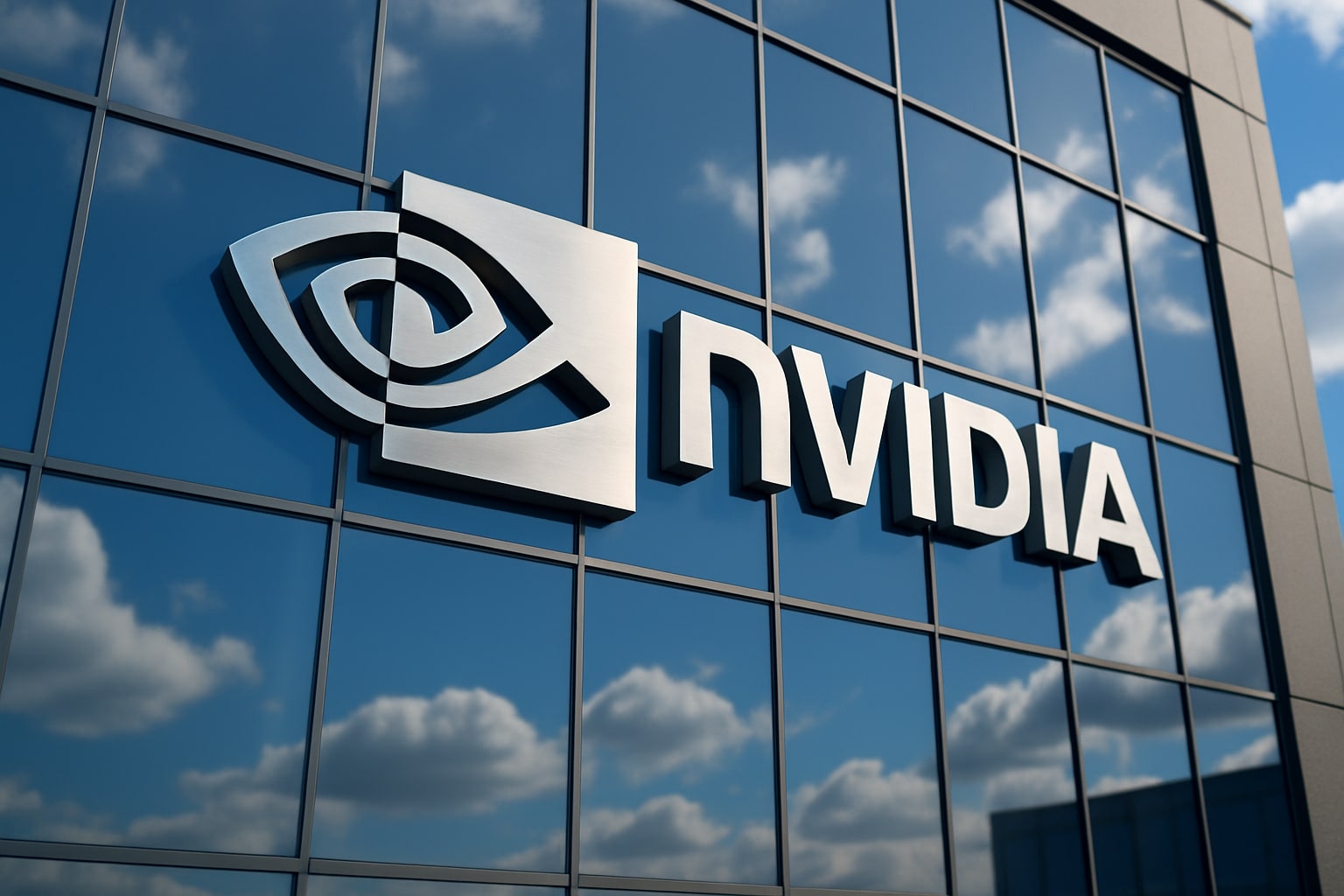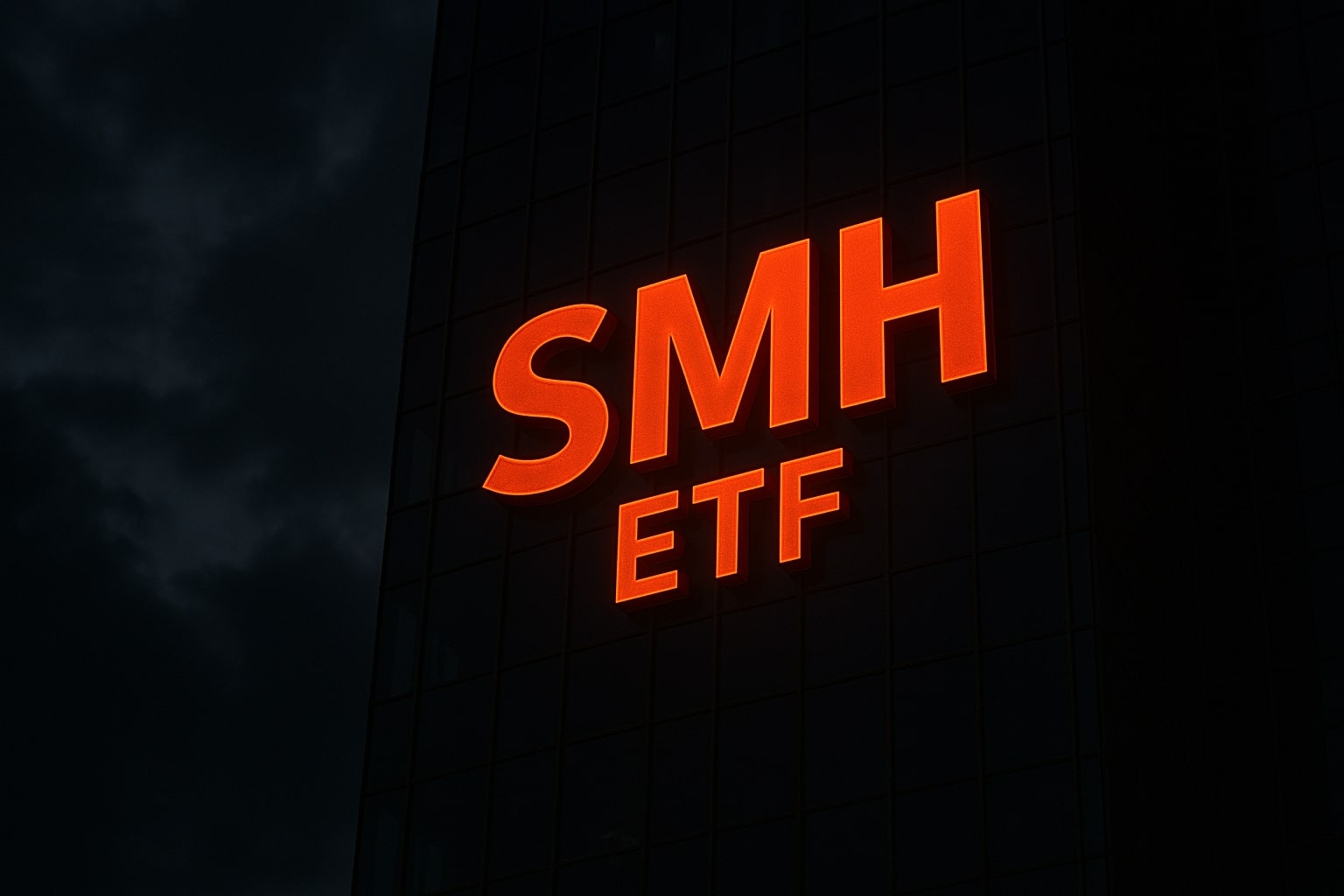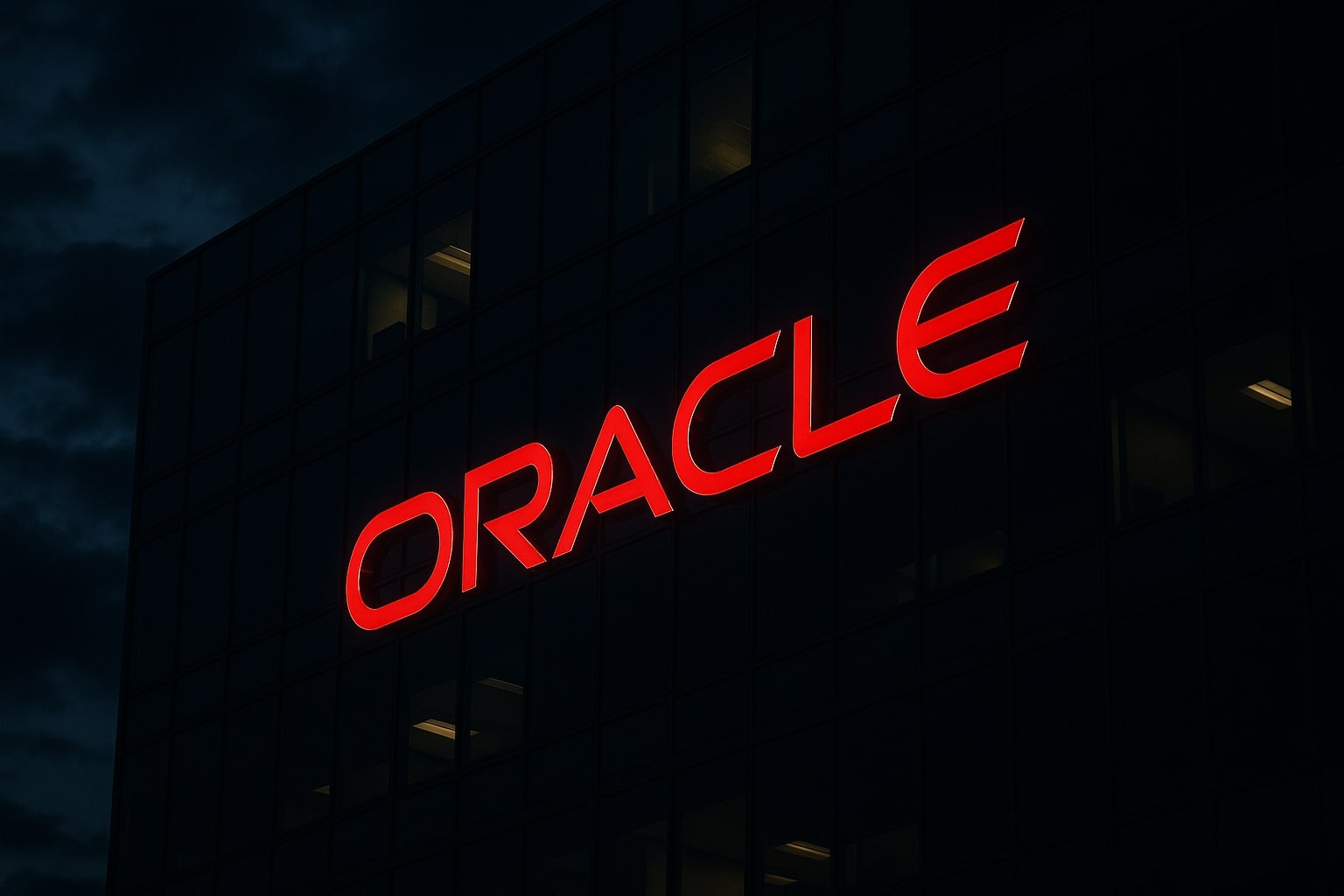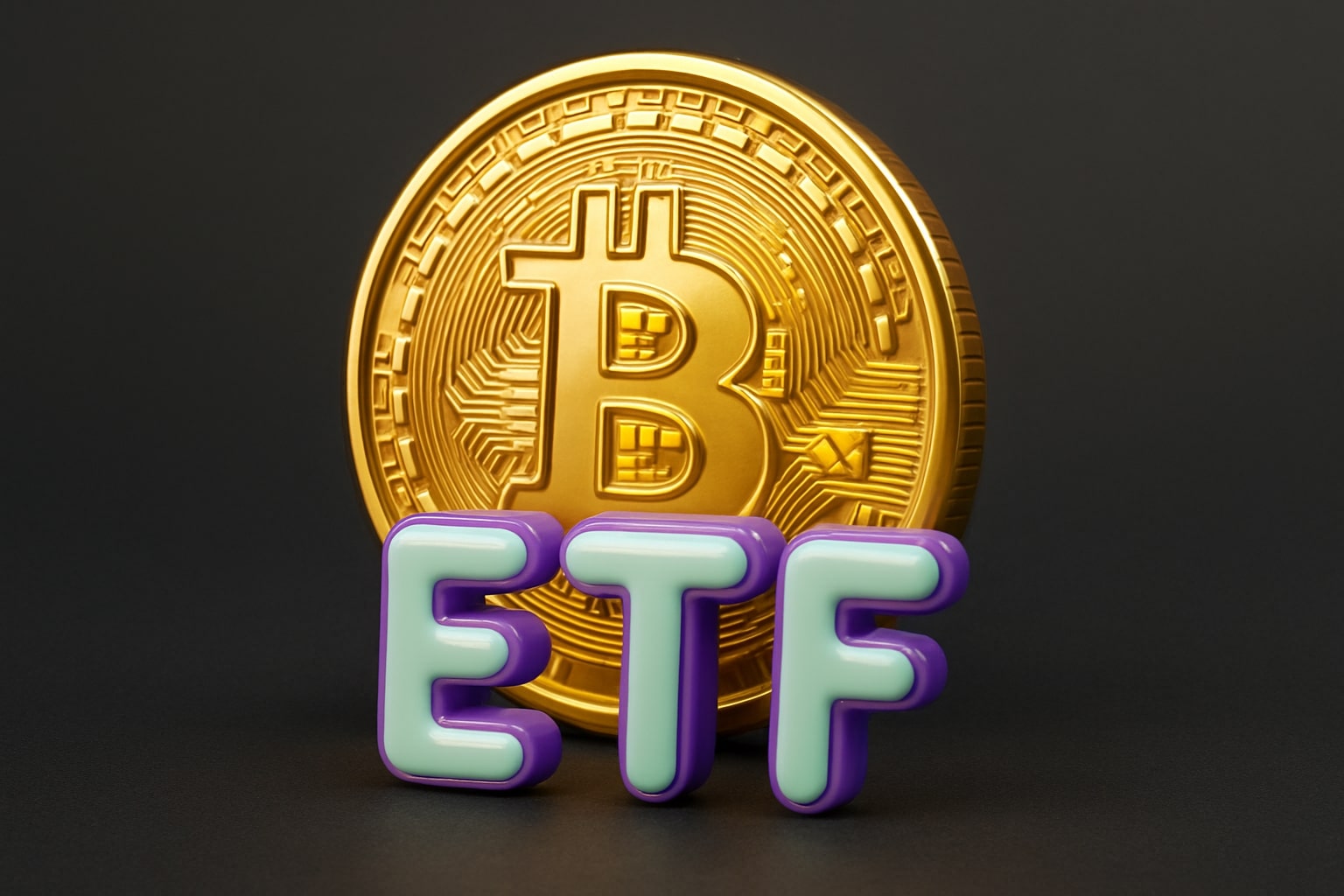
Nvidia Stock Price Forecast - NVDA Powers $4.33T Valuation as AI and Cloud Deals Lift Stock
NVDA trades near $178 with 64% yearly gains. Oracle’s $455B backlog, Microsoft’s $19B Nebius deal, and record margins push targets up to $270 | That's TradingNEWS
Nvidia (NASDAQ:NVDA) Strengthens AI Leadership With $4.33 Trillion Market Value and Expanding Cloud Deals
Nvidia NASDAQ:NVDA continues to dominate global markets, trading at $177.87 per share with a $4.33 trillion market capitalization, reinforcing its position as the most valuable semiconductor company in history. The company’s rise has been fueled by extraordinary demand for its H100 and Blackwell GPU systems, which underpin the infrastructure for generative AI, large language models, and hyperscaler cloud operations. Nvidia has gained 64.57% over the past year and more than 1,348% in five years, outpacing the S&P 500’s 95.96% return.
Financial Performance and Margins Driving Record Valuation
For the trailing twelve months, Nvidia reported $165.22 billion in revenue, up more than 55% year-over-year, with net income soaring to $86.6 billion. Profitability metrics remain unmatched: operating margin stands at 60.8%, while net margin is a remarkable 52.4%. Diluted EPS is $3.52, reflecting nearly 60% annual growth. Levered free cash flow reached $52.44 billion, providing ample liquidity alongside a cash balance of $56.79 billion. Debt remains minimal, with total debt-to-equity at 10.6%, and the current ratio at 4.2, ensuring operational flexibility.
Oracle and Neocloud Deals Reinforce GPU Demand
Nvidia shares spiked more than 4% this week following Oracle’s forecast that its cloud revenue will grow from $18 billion this fiscal year to $144 billion by 2030. Oracle’s backlog of $455 billion in performance obligations translates into years of GPU demand, primarily sourced from Nvidia. The trend extends beyond Oracle, as Microsoft’s $19 billion contract with Nebius will require tens of thousands of Blackwell GPUs, lifting Nvidia’s backlog and ensuring capacity utilization at Taiwan Semiconductor (TSM). Competitors like Broadcom (AVGO) may capture custom chip orders, but Nvidia remains the dominant supplier for general-purpose AI accelerators across hyperscalers and neocloud providers such as CoreWeave and Nebius.
Growth Outlook and Analyst Revisions
Wall Street has steadily raised estimates for Nvidia. Current forecasts project $206.2 billion in revenue for FY2026 and $272.8 billion for FY2027, representing 32% growth year-over-year. EPS is expected to climb from $4.49 in FY2026 to $6.34 in FY2027, with high-end estimates reaching $7.80. Despite this growth, NVDA trades at a forward P/E of 38x, below its five-year average of 46x, suggesting valuation compression even as growth accelerates. Nvidia’s forward PEG ratio is 1.27, attractive relative to peers like Arm Holdings (ARM) at 3.3x or Broadcom at 1.7x. Analysts’ price targets range from $100 on the low end to $270 at the high end, with a consensus at $207, above current levels.
Read More
-
VanEck Semiconductor SMH ETF (NASDAQ:SMH) Surges 42% YTD: Is $430 Next as AI Spending Explodes?
05.11.2025 · TradingNEWS ArchiveStocks
-
XRP ETFs XRPR and XRPI Surge 9% as U.S. Approval Nears: $10B Inflows Could Send XRP to $3.50
05.11.2025 · TradingNEWS ArchiveCrypto
-
Natural Gas Price Forecast – NG=F Climbs Above $4.30 as Record LNG Exports Ignite Bullish Winter Momentum
05.11.2025 · TradingNEWS ArchiveCommodities
-
USD/JPY Price Forecast – Dollar-Yen Rebounds Toward 154.00 as U.S. Data Beat Expectations and Yields Surge
05.11.2025 · TradingNEWS ArchiveForex
Buybacks, Dividends, and Insider Activity
The board authorized a $60 billion share repurchase program, aggressively reducing float while enhancing EPS. Nvidia also pays a symbolic quarterly dividend of $0.04 per share, yielding 0.02% annually. Institutional ownership remains dominant at 68.97%, while insiders hold 4.3% of outstanding shares. For detailed transactions, see Nvidia insider activity. Daily trading volumes average more than 174 million shares, reflecting deep liquidity and investor demand.
Competitive Pressures and China Risks
Despite its leadership, Nvidia faces challenges. Broadcom (NASDAQ:AVGO) has secured over $16 billion in AI compute contracts with OpenAI, expanding its footprint in custom accelerators. Market rumors also point to OpenAI diversifying away from sole reliance on Nvidia GPUs, which could affect future orders. China represents another uncertainty: U.S. export restrictions on H20 chips and Beijing’s push for Huawei alternatives have constrained sales. Without China, Nvidia’s FQ2’26 revenue growth slowed to +56% YoY; with China included, the figure would have exceeded +86% YoY. Nevertheless, Nvidia is preparing the B30A chip tailored for compliant China exports, ensuring continued engagement with the market when restrictions ease.
Research and Next-Generation AI Chips
Nvidia is intensifying R&D, raising expenditures 45.6% year-over-year, with the Rubin AI accelerator scheduled for release in 2026. Analysts expect Nvidia to maintain as much as 90% of the GPU market share by 2030, despite hyperscaler efforts to build in-house solutions. The AI semiconductor industry is projected to reach $453 billion by 2030, and Nvidia’s scale, CUDA ecosystem dominance, and first-mover advantage provide durable moats.
Valuation Context and Market Behavior
At 25.5x price-to-sales and 41.5x price-to-book, Nvidia trades at extreme multiples but remains justified by growth. Its PEG ratio under 1.3x implies that forward earnings growth supports current levels. With a beta of 2.1, NVDA amplifies volatility relative to the S&P 500, but its track record shows resilience. Seasonality also favors late-year performance: historically, Nvidia outperforms in Q4 with average gains above 12%, linked to data center spending cycles and holiday demand in gaming GPUs.
Verdict: Nvidia Remains a Buy With Upside to $270
Considering its dominant AI position, expanding neocloud partnerships, record financial performance, and aggressive buybacks, Nvidia remains a Buy despite near-term volatility. The stock’s pullback from highs near $184.50 offers an attractive entry, with long-term targets between $207 and $270 based on EPS growth and multiple expansion. Risks from China and hyperscaler custom chips are material, but Nvidia’s balance sheet, pipeline, and market entrenchment position it as the enduring leader in AI semiconductors.


















